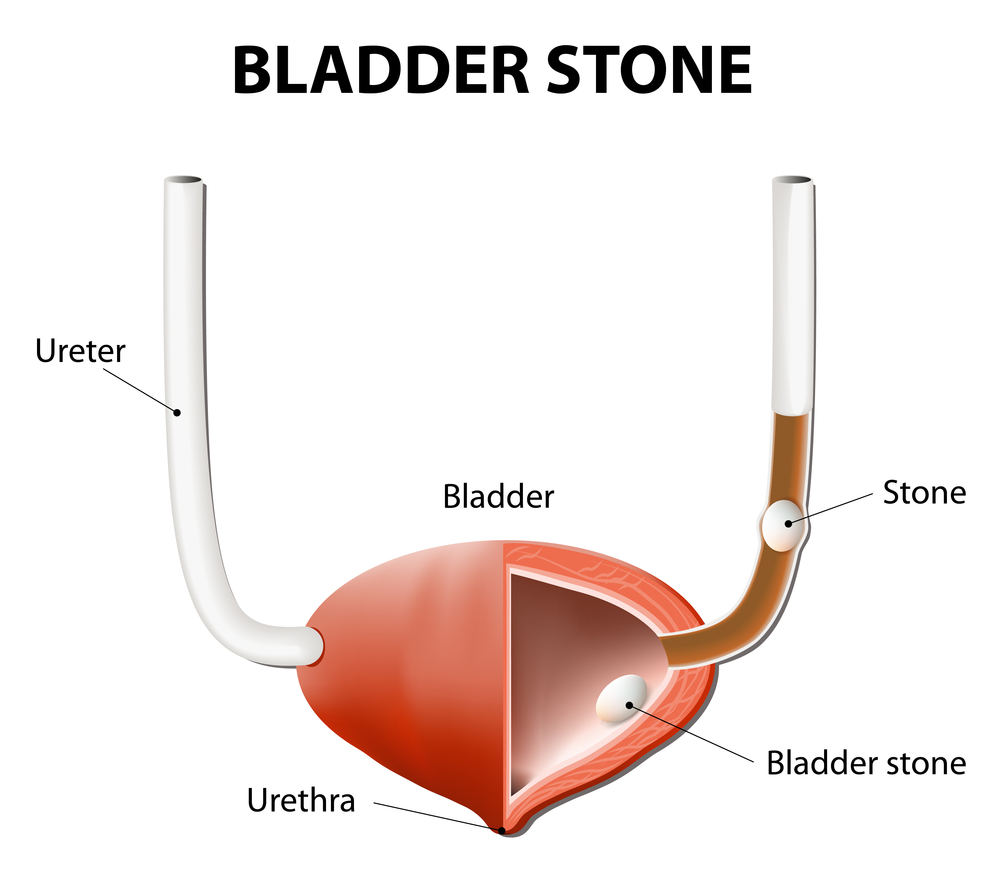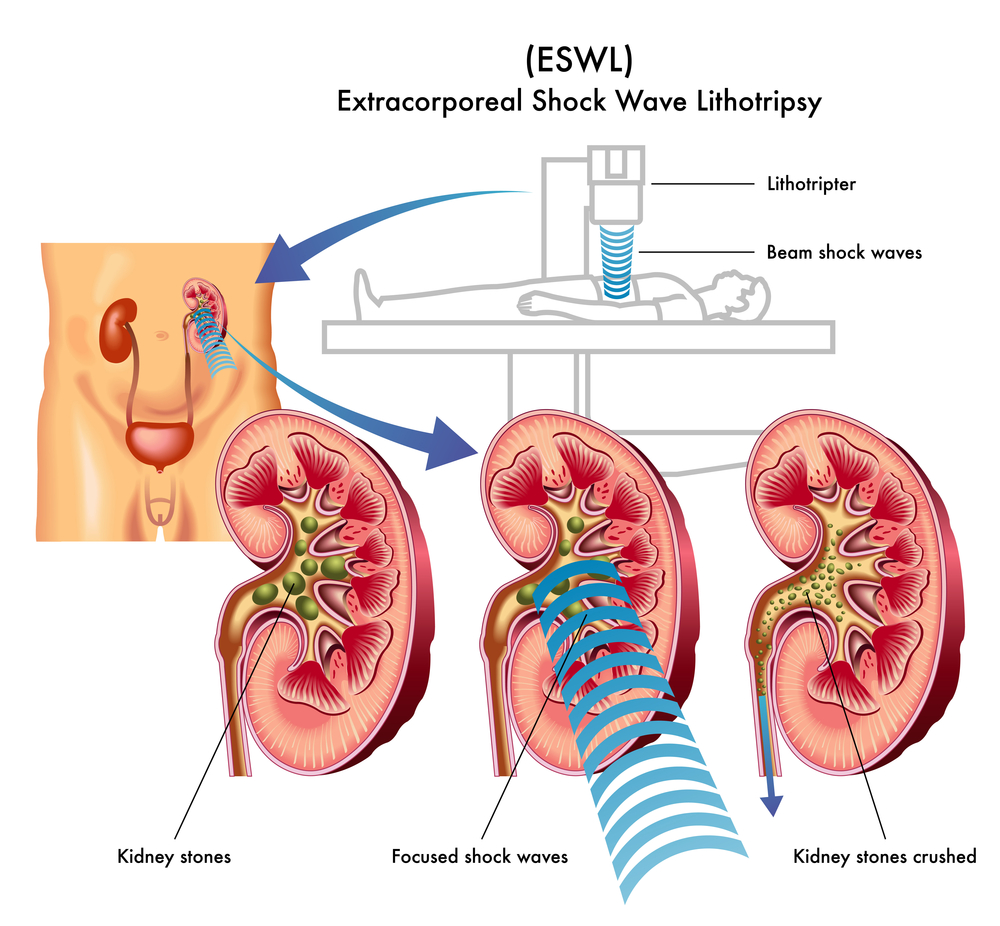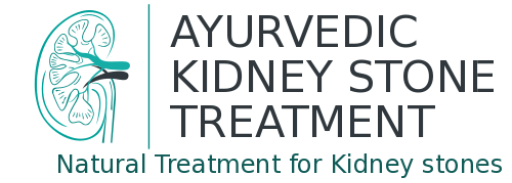History of Kidney stones
Ayurvedic Kidney Stone Treatments have been practiced from the Vedic time. Kidney stones are one of the most common problems faced by humans. The history of Urinary stones can be traced back to the Vedic era.
Ayurveda also known as upaveda, has explained urinary stones in texts like Ashtanga Hridaya, Susrutha Samhita, etc… Kidney stones are the general term used to explain Urinary Calculi.
In Ayurveda, it’s called Mutrashmari. The term Mutrashmari has two names Mutra means urine and Ashmari is stone.
The diseases of the Urinary system are mainly due to the intake of kapha vardhaka ahara. kidney stones are one of the most common and painful urological disorders which can lead to an emergency. Kidney stones are formed by the predominance of Prithvi Mahaboota(earth element) and Jala Mahaboota(Water element) respectively. Ayurveda has explained different varieties of treatment for kidney stones from single herbal drugs to compound drugs.
Formation of Kidney Stones according to Ayurveda:
According to Vagbhata, aggravated Vata dosha does the obstruction in vasti muka dries up Pitta, Kapha or shukra produces painful Ashmaris. For all ashmaris, kapha dosha stands as the base.

Symptoms of Kidney Stones:
Kidney stones may be present in varied sizes. Many of the small-sized stones do not show any symptoms. As a general rule, the bigger the size more noticeable symptoms are seen.
The following are the symptoms where one or more can be seen
- Severe pain on either side of your lower back
- More vague pain or stomach ache that doesn’t go away
- Blood in the urine
- Nausea or vomiting
- Fever and chills
- Urine that smells bad or looks cloudy
According to Ayurveda symptoms of Urinary stones are:
- Severe pain in the nabhi (umbilicus), seevani (median raphae), basti(urinary bladder), Mehato Vedana (pain during micturition).
- Mutra dhara sanga (Obstruction to the flow of urine),
- Sa rudere mutrate (blood mixed urine due to the abrasion caused by the urinary calculi)
- Mitra vikarna (obstructed urine flow),
- Gomedaka Prakasha (resembles the color of gomedaka)
- Manavilam (resembling the sand particles)
- Dhavana (Pain during running)
- Langhana (Pain during fasting)
- Plavana (Pain during Swimming)
- Prusta yaana (Pain during riding in back)
- Gamana (Pain during walk)
Causes for kidney stones according to Ayurveda:
Acharya Sushruta has explained two main reasons for the formation of kidney stones
- Asamshodahana (One who does not undergo detoxification)
As a basic rule, Ayurveda advocates for a healthy person to undergo Shodana or detoxification procedures periodically to eliminate toxins or disease-producing agents. By this one can stay healthy. For those who do not undergo detoxification on a regular basis, the toxins get accumulated in the body causing the impairment of dosha’s (body humor). The aggravated dosh gets associated with other factors to produce the disease urinary stones.
- Apathya (indulgence in wrong things)
Apathya means one who does not follow the rules set to be healthy. This includes dietic regimen, lifestyle, surpassing natural urges, etc… leads to the accumulation of toxins. The accumulated toxins for a long time result in impairing the dosas (body humor) producing Urinary stones.
Classification of Kidney stones according to Ayurveda
Sushruta Classified Kidney stones into 4 types
- Kaphaja
- Pittaja
- Vataja
- Shukraja
For all types of Urinary stones, Kapha dosha stands as the basic reason.
Kaphaja Ashmari (Stones formed by Kapha dosha)
Excessive intake of food that increases kapha in the body will lead to the formation of stones in the lower part by forming a coating and increases in the opening of srotas (channel) and thus blocking the channel. This obstructs the urine flow. This produces a sensation like cutting, busting, or pricking type of pain. One feels heaviness and coldness in Mutrashaya. The stone will be whitish, sticky, bigger in size looks like an egg and madhuka pushpa varna is the symptom of kaphaja Ashmari.
Pittaja Ashmari (Stones formed by Pitta dosha)
By the causative factors said above pitta combined with kappa produces pittaja Ashmari closing the sorts staying in Vastimukha. By this urine is obstructed and vitiates producing symptoms like sucking, burning and as if undergoing a process(Pachyate), produces hotness in mutrashaya. Pittaja ashmari resembles reddish, yellowish, blackish, ballatakasthi (bhallataka seed) honey color is the symptoms of pittaja Ashmari.
Vataja Ashmari (Stones formed by Vata dosha)
Aggravated Vata combined with kappa by the causative factors produces vataja ashmari blocking the channel from staying in vast muka. this obstructs the flow of urine producing severe symptoms like teeth biting, pressing nabhi, squeezing genitals, touching the anal region, the body becoming wet, and during sensation. When passes urine with great difficulty passes stools and flatus along with it. Vataja ashmari resembles Blackish red, rough-surfaced, uneven size, hard, and resembles kadamba flower, spiked, are the symptoms of Vataja Ashmari.
Shukraja Ashmari (Stones formed by Shukra dosha)
In Older people shudra causes shudra Ashmari, by stopping the sex or excessive indulgence in sex shudra does not flaws out but changes its route vata covers it in between penis and testicles making it dry produces shukraja ashmari. This blocks the urine passage producing difficulty in passing urine, pain in vasti, and swelling in anda (scrotum), and if one presses this will hide. are the symptoms in shukraja Ashmari.
Urinary Stones in Children:
Kaphaja, pittaja, and vataja ashmaris are seen in children who have the habit of sleeping in the daytime, taking excessive food, repeatedly consuming food, intake sheets, Snigdha, guru, madhura ahara, It’s considered easy to treat stone in children because of their small stature, and vast, undeveloped muscles around vast makes it easy to treat.
Sharkara, sikata, bhasma, and meha are also considered varieties of Ashmari Vikara. Symptoms of sharkara will be the same as ashmari. When vayu assists small crystals to pass out is known as sikata, and if it breaks called sharkara.
- Hrutpeeda (pain in the chest region)
- Sakthi sadana (pulling pain in legs)
- Kukshi shoal (pain abdomen)
- Vepathu( shivering)
- Trishna (thirst)
- Urdwaga Anila (upward movement of Vayu)
- Karshnya (blackish color)
- Dourbalya (fatigue)
- Pandu (whitish discoloration)
- Arochaka (Tastelessness)
- Avipaka (Indigestion)
are seen in sharkara.
Complications of Mutrashmari:
- Daurbalya (Debility)
- Sadanam (fatigue)
- Karma (emaciation)
- Kukshi shoal (abdominal pain)
- Arochaka (tastelessness)
- Pandu (anemia)
- Ushnavata (burning sensation during urination)
- Trushana (thirst)
- Hrutpeeda (chest pain)
- Sami (vomiting)
are the complications of urinary calculi.
Ayurvedic Kidney Stone Treatments:
Treatment for ashmari (Ayurvedic Kidney Stone Treatments) is explained as
1. The first stage – is manageable with medicines and diet management.
2. Surgical Removal.
Modern View
Kidney stones are solid masses made of crystals are usually originate in the kidneys. Kidney stones are also called renal calculi. Stones can develop anywhere in the urinary tract like kidneys, ureters, bladder, and urethra and cause great pain.
Kidney stones are also called nephrolithiasis, urolithiasis, and renal calculi.
Types of Kidney Stones:
There are four main types of kidney stones
- Calcium stones
- Uric acid stones
- Struvite stones
- Cystine stones
Signs and Symptoms of a Kidney Stone
Small Kidney stones usually do not show any signs and symptoms when they pass through the urinary tract. The larger stones cause intense pain when they pass through the urinary tract. In general, pain is seen in the sides of the back or abdomen.
Other symptoms of kidney stones can include:
- Severe pain in the back, belly, or groin
- Frequent or painful urination
- Blood in the urine
- Nausea and vomiting
- Discolored or foul-smelling urine
- Chills
- Fever

How to diagnose Kidney Stones?
Kidney stones are diagnosed based on the patient’s history of the pain with a physical examination. Few Lab investigations and radiological images are also used for diagnosis. Common Tests used in diagnosing kidney stones are:
- X-ray examination
- Intravenous pyelogram (IVP)
- Stone analysis
- Ultrasound of the kidney
- MRI of the abdomen and kidneys
Treatment for Kidney stones:
Kidney stones treatments are chosen according to the nature of the problem. If stones are small then are treated with medication if not other methods are used. The following are the few treatments used in treating kidney stones.
- Pain relief medicines
- Antibiotics in infectious conditions
- Lithotripsy
- Tunnel Surgery

Ayurvedic Kidney Stone Treatments are the most preferred treatments for kidney stones to avoid surgical removal of kidney stones. Ayurveda is considered a safe and inexpensive treatment compared to surgical procedures. A change in diet and lifestyle prevents the reoccurrence of stones in the future.
Reference:
- https://www.mayoclinic.org/diseases-conditions/kidney-stones/symptoms-causes/
- https://www.kidney.org/atoz/content/kidneystones
- https://www.urologyhealth.org/urology-a-z/k/kidney-stones
- https://www.niddk.nih.gov/health-information/urologic-diseases/kidney-stones
- https://www.sciencedirect.com/science/article/pii/S0975947617304084
- https://www.researchgate.net/publication/345162001_AYURVEDA_MANAGEMENT_OF_ASHMARI_KIDNEY_STONE_A_CASE_STUDY
- https://www.ncbi.nlm.nih.gov/pmc/articles/PMC3608183/
- http://www.iamj.in/prposts/2019/images/upload/1564_1570_1.pdf

